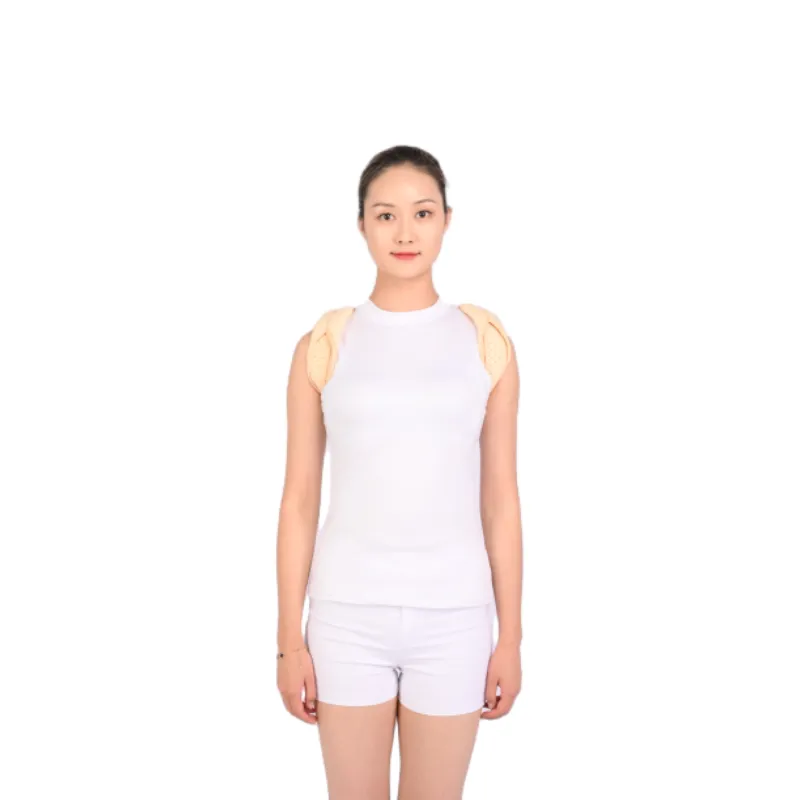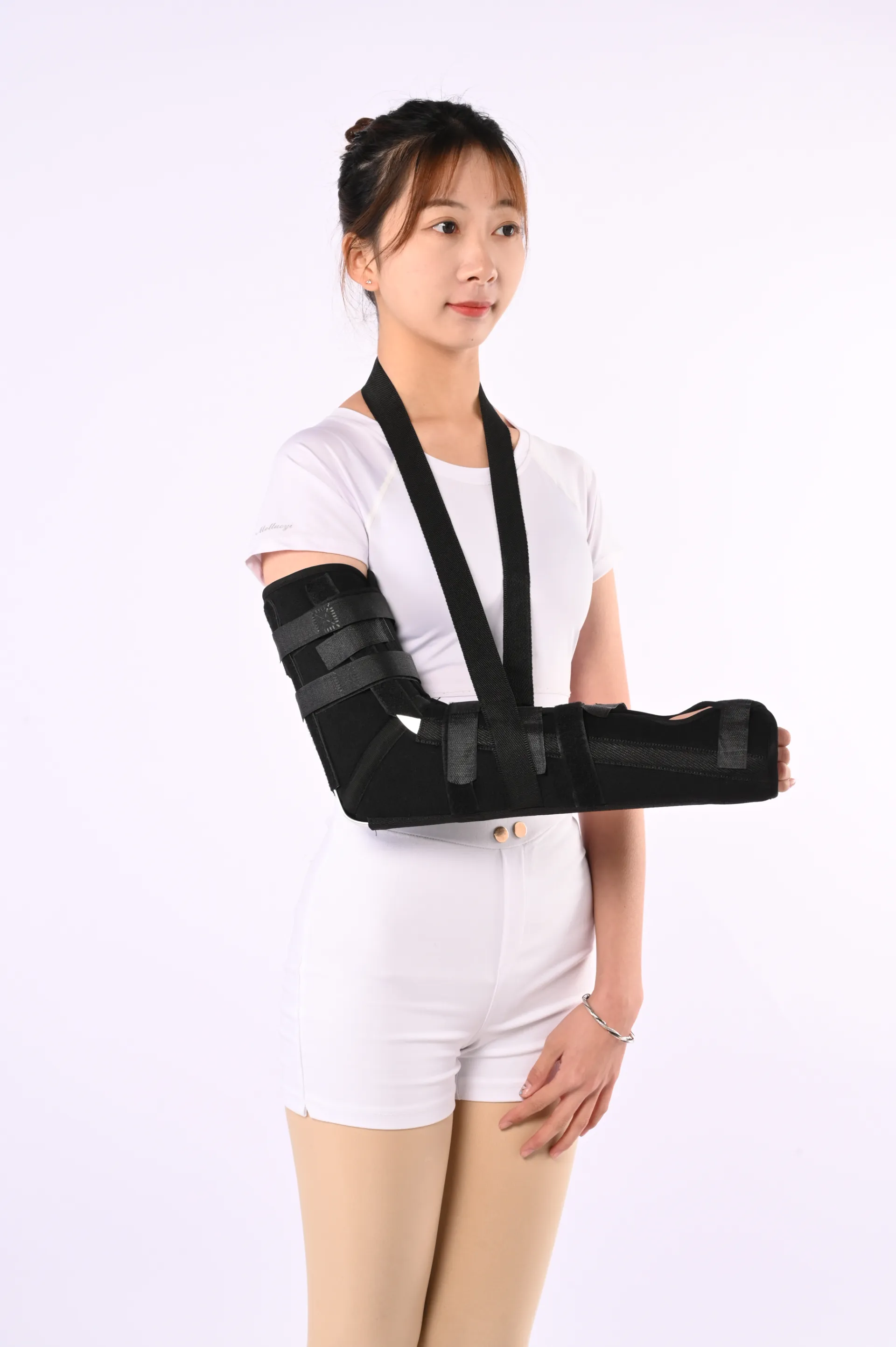Th2 . 14, 2025 18:09
Back to list
Thumb Splint
Mastering the Art of Using an Arm Sling A Comprehensive Guide
5. Check for Comfort and Security Ensure the sling is holding your arm securely without digging into your neck or causing discomfort. Padding might be added for additional comfort. 6. Regular Assessment Regularly check that the sling remains supportive and that the straps haven’t loosened over time, which can occur with regular movement. Enhancing Recovery with Arm Slings An arm sling is not a substitute for medical advice but a supplementary tool in your recovery arsenal. Always follow prescribed medical instructions regarding when to wear the sling and any accompanying exercises to speed up recovery. In addition to wearing an arm sling, keeping yourself mobile is vital. Light movements, as advised by your healthcare provider, can prevent stiffness. Never remove the sling unless explicitly advised by a professional. Pitfalls to Avoid When Using an Arm Sling While slings are incredibly beneficial, misuse can lead to complications 1. Over-Reliance Extended use beyond the recommended time can lead to muscle atrophy. Balance use with physiotherapy as directed. 2. Improper Fit An ill-fitted sling can exacerbate pain instead of alleviating it. Make it a point to check and adjust regularly. 3. Neglecting Hygiene Slings can accumulate dirt and moisture over time, leading to skin irritation. Clean it as per the manufacturer’s guidelines. Selecting an Arm Sling Practical Tips When choosing an arm sling, material and comfort are paramount. Lightweight, breathable materials reduce heat and sweat build-up, crucial for extended wear. Many find slings with adjustable straps and ample padding to offer enhanced comfort. Lastly, be cautious of cheaper alternatives, as the longevity and effectiveness of the sling are essential for a successful recovery. Investing in reputable brands known for quality products can save you from unnecessary discomfort and prolong the lifespan of your sling. In conclusion, an arm sling is more than just a medical accessory; it’s a critical component of your recovery journey. By selecting the right type, applying it correctly, and maintaining it properly, you ensure that your arm gets the care and support it needs to heal effectively. Always schedule regular consultations with your healthcare provider to tailor the use of your arm sling to your specific needs and to track your progress. This thoughtful approach to using an arm sling not only maximizes its benefits but also grounds your recovery journey in expertise and trustworthiness.


5. Check for Comfort and Security Ensure the sling is holding your arm securely without digging into your neck or causing discomfort. Padding might be added for additional comfort. 6. Regular Assessment Regularly check that the sling remains supportive and that the straps haven’t loosened over time, which can occur with regular movement. Enhancing Recovery with Arm Slings An arm sling is not a substitute for medical advice but a supplementary tool in your recovery arsenal. Always follow prescribed medical instructions regarding when to wear the sling and any accompanying exercises to speed up recovery. In addition to wearing an arm sling, keeping yourself mobile is vital. Light movements, as advised by your healthcare provider, can prevent stiffness. Never remove the sling unless explicitly advised by a professional. Pitfalls to Avoid When Using an Arm Sling While slings are incredibly beneficial, misuse can lead to complications 1. Over-Reliance Extended use beyond the recommended time can lead to muscle atrophy. Balance use with physiotherapy as directed. 2. Improper Fit An ill-fitted sling can exacerbate pain instead of alleviating it. Make it a point to check and adjust regularly. 3. Neglecting Hygiene Slings can accumulate dirt and moisture over time, leading to skin irritation. Clean it as per the manufacturer’s guidelines. Selecting an Arm Sling Practical Tips When choosing an arm sling, material and comfort are paramount. Lightweight, breathable materials reduce heat and sweat build-up, crucial for extended wear. Many find slings with adjustable straps and ample padding to offer enhanced comfort. Lastly, be cautious of cheaper alternatives, as the longevity and effectiveness of the sling are essential for a successful recovery. Investing in reputable brands known for quality products can save you from unnecessary discomfort and prolong the lifespan of your sling. In conclusion, an arm sling is more than just a medical accessory; it’s a critical component of your recovery journey. By selecting the right type, applying it correctly, and maintaining it properly, you ensure that your arm gets the care and support it needs to heal effectively. Always schedule regular consultations with your healthcare provider to tailor the use of your arm sling to your specific needs and to track your progress. This thoughtful approach to using an arm sling not only maximizes its benefits but also grounds your recovery journey in expertise and trustworthiness.
Next:
Latest News
-
Abduction Pillow Brace: Comfortable Hip Support Post-SurgeryNews Aug.01,2025
-
Hard Cervical Collar - Hebei Jianhang Technology Co., Ltd.|Neck Support, Comfort, StabilityNews Aug.01,2025
-
Hard Cervical Collar - Hebei Jianhang | Neck Support, Adjustable FitNews Aug.01,2025
-
Hard Cervical Collar - Hebei Jianhang Technology Co., Ltd.|Advanced Neck Support, Adjustable FitNews Aug.01,2025
-
Hard Cervical Collar - Hebei Jianhang Technology Co., Ltd.|Neck Support&Comfortable DesignNews Jul.31,2025
-
Hard Cervical Collar - Hebei Jianhang Technology Co., Ltd.|Adjustable Neck Support, Lightweight Cervical CollarNews Jul.30,2025
Have a question? Keep in touch.





















